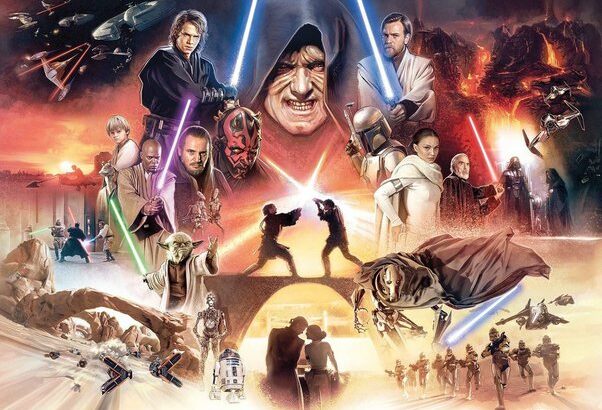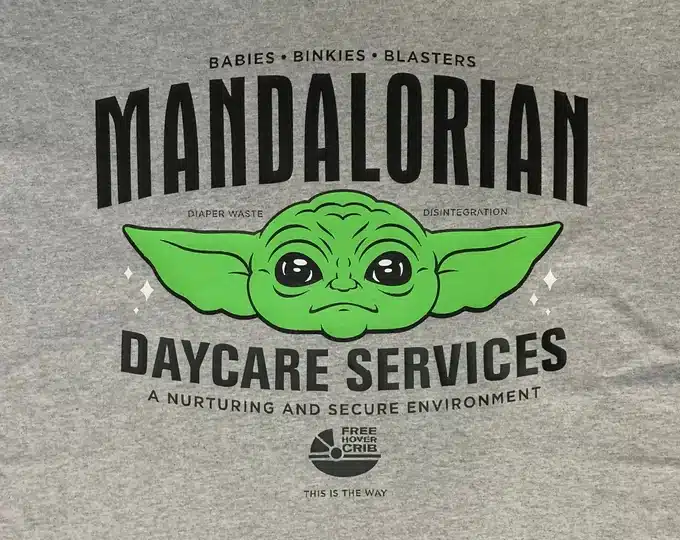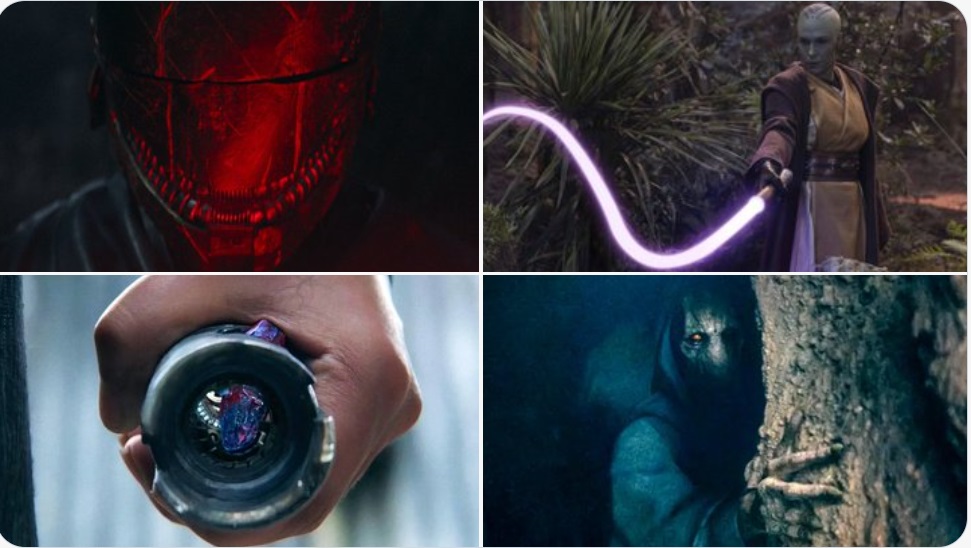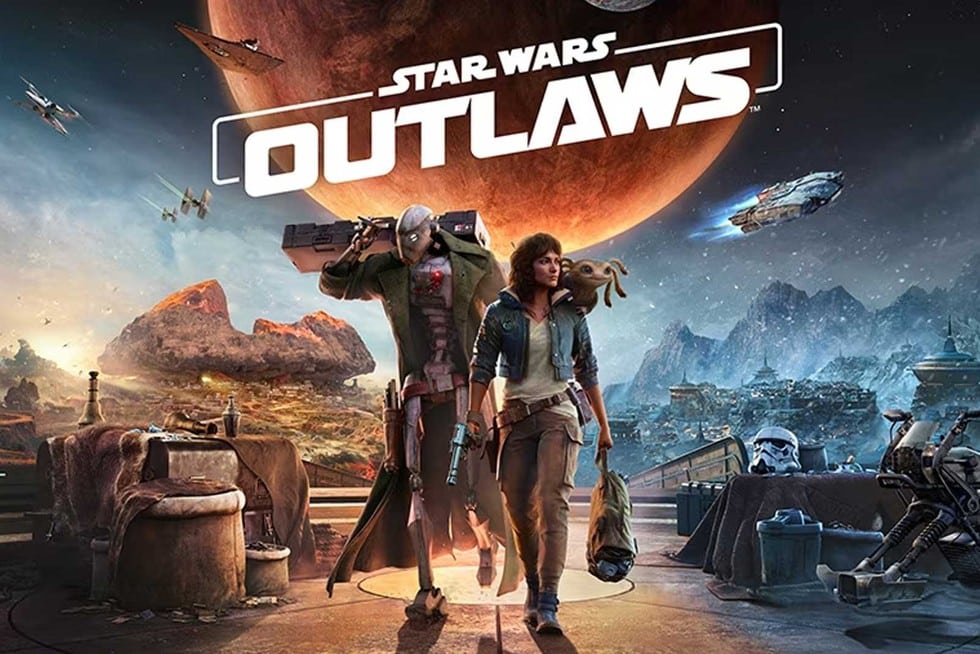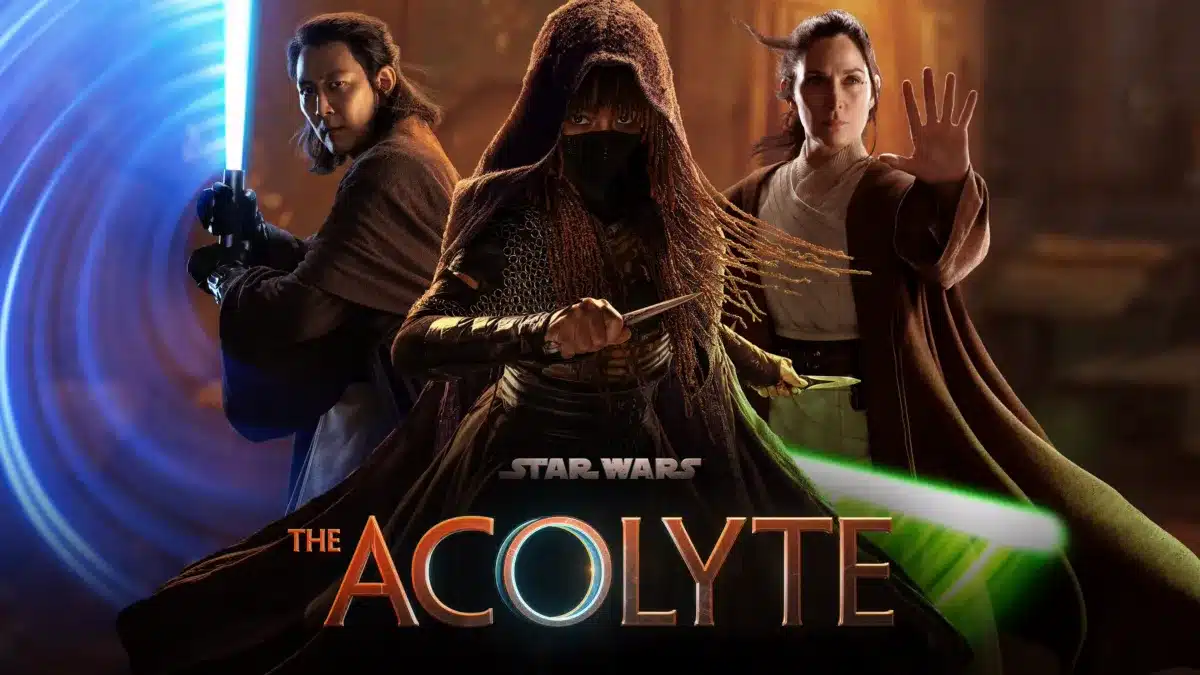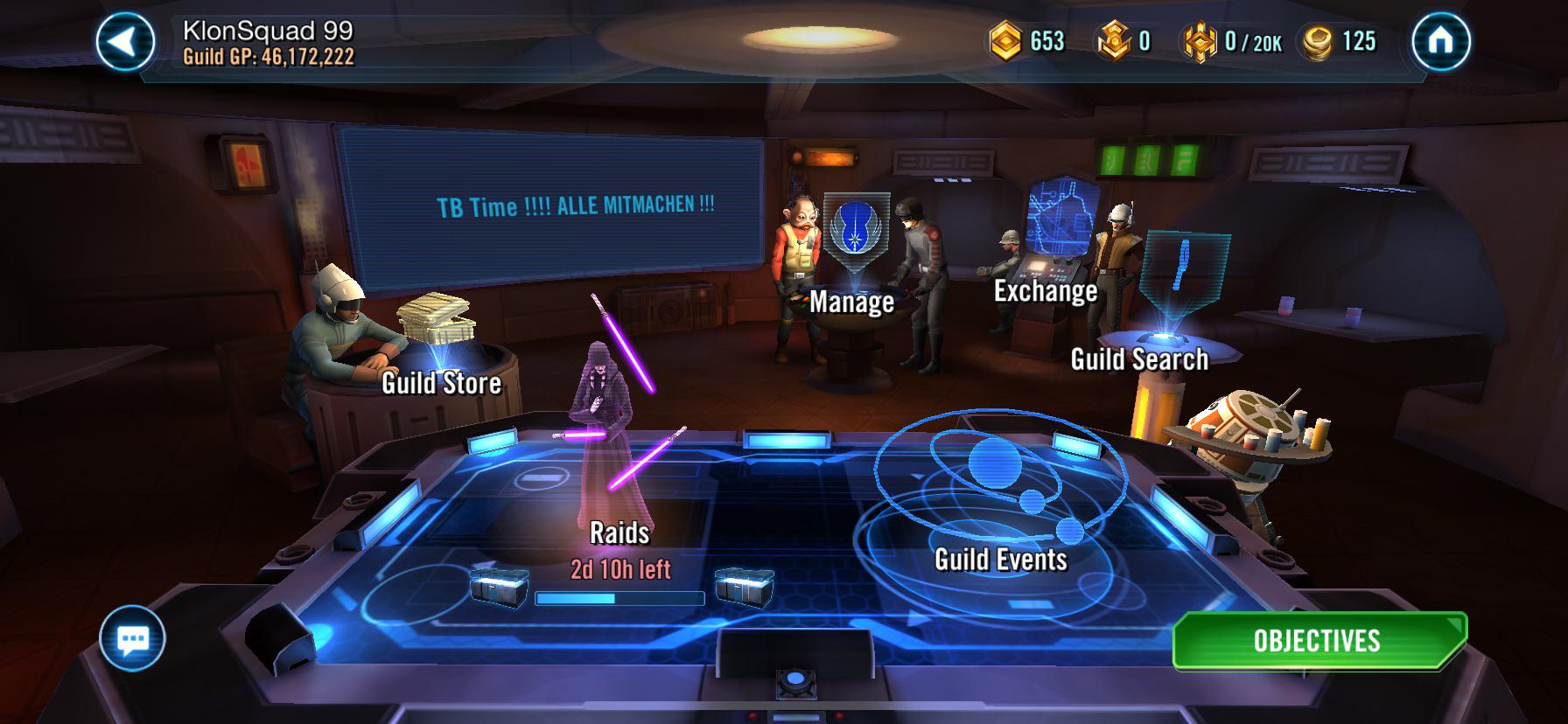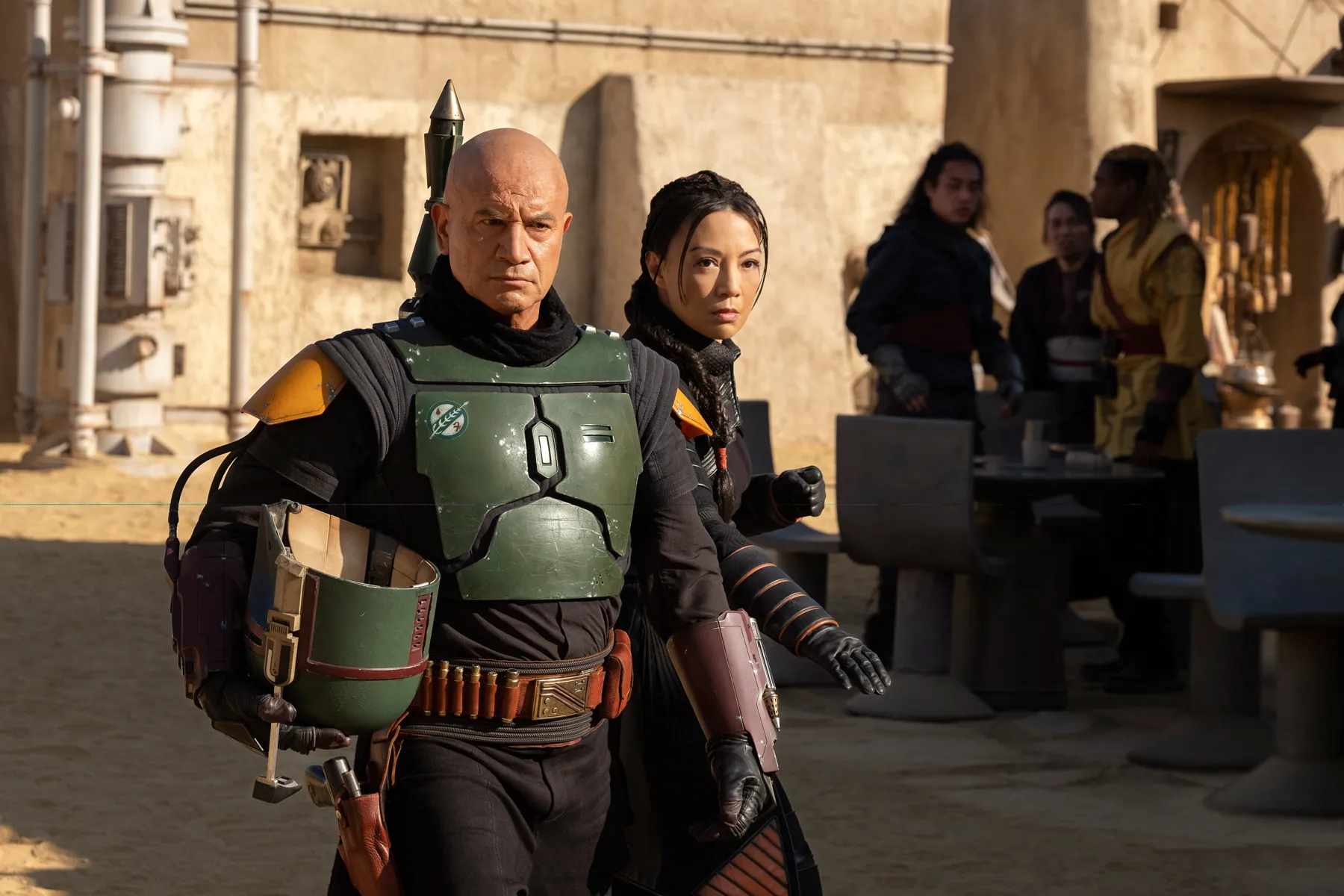Imagine a world where George Lucas decided to take the Star Wars prequels in a completely different direction—swapping out the whimsical space opera vibe for a mature, post-modern style akin to Star Trek or James Bond of the same era. Would the prequel trilogy have been better received by audiences? Let’s explore this alternate universe where the galaxy far, far away takes a turn towards the gritty and sophisticated.
Episode I: The Phantom… Noir?
Picture this: The Phantom Menace opens not with a lively pod race on Tatooine, but with Obi-Wan and Qui-Gon Jinn sipping martinis (shaken, not stirred) in a sleek, minimalist cantina. The tone is dark, the lighting is moody, and everyone’s dressed in sharp, tailored suits. Anakin is now a brooding child prodigy with a tragic backstory involving lost parents and a failed attempt at building a supercomputer. Jar Jar Binks? Forget the slapstick—he’s been reimagined as a shadowy informant with a mysterious past.
Instead of a bombastic lightsaber duel, the climax of the movie is a high-stakes poker game where the fate of Naboo is decided by a single, dramatic hand. Darth Maul, of course, plays the role of the silent, menacing opponent—no double-bladed lightsaber, just a cold, calculating stare.
The Politics of Coruscant: Now with 100% More Espionage
In this mature, post-modern take, the Senate on Coruscant becomes a breeding ground for political intrigue and espionage. Think House of Cards in space. Senator Palpatine is now a suave, manipulative puppet master who attends galas and mingles with the elite, all while subtly orchestrating the downfall of the Republic with a knowing smirk.
Every conversation is loaded with double meanings and veiled threats. Instead of debates about trade routes, we get scenes of clandestine meetings in darkened corridors, where everyone is trying to outmaneuver each other. Padmé is now a seasoned diplomat who isn’t afraid to play dirty, seducing and blackmailing her way through the Senate to protect her people.
Anakin: The Brooding Anti-Hero
Anakin Skywalker? Oh, he’s no whiny teenager here. He’s a tortured anti-hero, akin to James Bond with a touch of Darth Vader’s future darkness. Instead of falling head over heels in love with Padmé in a field of space-daisies, their romance is more like a gritty spy thriller—a passionate yet doomed affair, full of betrayal, secret missions, and whispered conversations in dimly lit rooms.
Gone are the cringe-worthy lines like “I don’t like sand.” Instead, Anakin’s dialogue is all about existential angst and the moral ambiguity of the Jedi Order. Picture him saying, “The Force binds the galaxy together, but what if it’s binding us to our own destruction?” as he stares out at the Coruscant skyline, brooding.
Episode II: Attack of the… Secret Agents?
In Attack of the Clones, the Jedi Council isn’t just a group of wise old folks sitting around. Now, they’re a secretive order of covert operatives, each with their own hidden agenda. Yoda’s not just teaching younglings to lift rocks—he’s running a clandestine intelligence network, complete with double agents and coded messages.
The Clone Wars? Less of a massive battle with endless CGI troops, and more of a cold war full of espionage, sabotage, and a shadowy conspiracy slowly unraveling. Count Dooku becomes a James Bond-style villain, complete with an underground lair and a fondness for monologuing about his plans to reshape the galaxy.
Episode III: Revenge of the Bond Villain
By the time we get to Revenge of the Sith, the tone is full-on noir. Anakin’s turn to the dark side isn’t a sudden snap—it’s a slow, calculated descent into madness, orchestrated by Palpatine, who is now the ultimate Bond villain. He’s got a hidden base, a secret weapon, and a long-winded explanation about how the galaxy needs to be ruled with an iron fist, all while stroking a cybernetic space-cat.
The final showdown between Anakin and Obi-Wan? Less about high-flying lightsaber choreography, more about psychological warfare. The volcanic backdrop is now a metaphor for Anakin’s internal struggle, and the whole duel is interspersed with flashbacks to better days and the choices that led them to this moment. It’s not just about the fall of a hero—it’s about the cost of power, the betrayal of ideals, and the loss of innocence.
Would Audiences Have Preferred It?
Now, would this mature, post-modern take on the prequels have been better received by audiences? Well, it depends. If you’re into brooding anti-heroes, complex political drama, and a more cynical take on the galaxy far, far away, then absolutely! This version would have all the hallmarks of a classic spy thriller, with layers of intrigue, double-crosses, and morally ambiguous characters.
But let’s be honest—Star Wars isn’t Star Trek or James Bond. It’s a space fantasy, with epic battles, clear-cut heroes and villains, and a sense of wonder and adventure. A darker, more mature approach might have resonated with a different audience, but it would’ve lost the charm that made the original trilogy so beloved. After all, where would Star Wars be without its sweeping lightsaber duels, mystical Force powers, and the pure joy of seeing good triumph over evil?
The Prequels We Got vs. The Prequels That Could Have Been
In the end, George Lucas gave us the prequels he wanted to make—a mix of political intrigue, mythological storytelling, and good old-fashioned space battles. Could they have been different? Sure. But would they have captured the same magic if they’d gone the mature, post-modern route? That’s up for debate.
So, while it’s fun to imagine a Star Wars universe where Anakin is more Bond than brat, and Palpatine is a cross between Blofeld and Darth Vader, let’s not forget that Star Wars is at its best when it embraces its own unique blend of adventure, spectacle, and heart.


